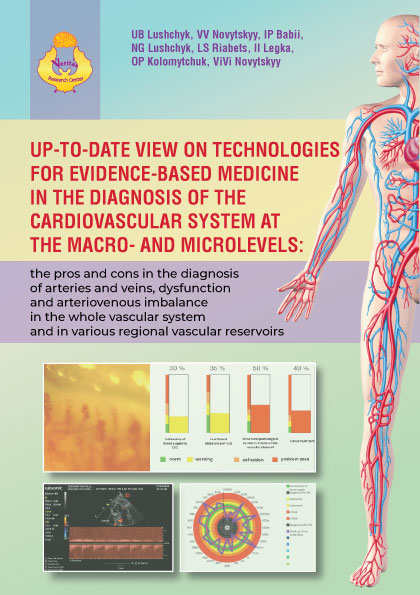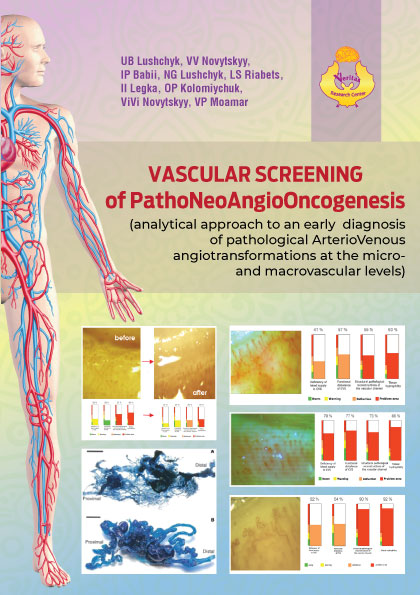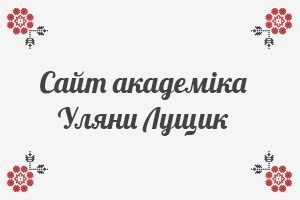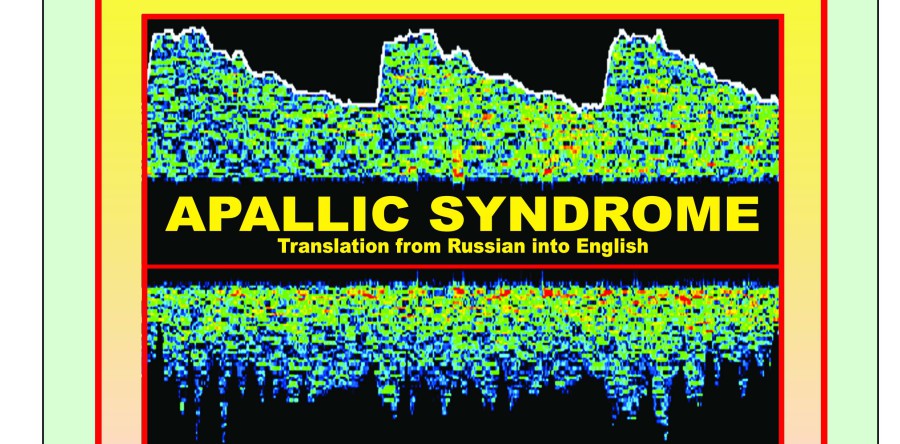Logic and Management of Multidisciplinary Approach in Restorative Medicine
U.B. Lushchyk, T.M.Titenko, V.V.Novytskyi, V.O.Stukalin, N.H.Lushchyk, V.V.Leonova, A.M.Pryz
This book is devoted to revealing the importance of innovative effective approaches in restorative medicine which are approved by practice. It summarizes more than 15-year experience of physical and medical rehabilitation of psychoneurological patients of different age and severity degree. The book is based on unique developments of private medical establishments ‘Istyna’, ‘Mitera’, and restorative medicine and rehabilitation center of the clinical hospital “Feofania” of the Ukrainian State Administration.
Information gathered in this book can be useful for managers from the fields of public health organization and maintenance, specialists of restorative medicine and other professionals who deal with these areas.
Contents
Introduction
1. Terms and definitions in restorative medicine and rehabilitation
1.1. Relevance of neurorehabilitation for today
1.2. Neurorehabilitation
1.3. Types of rehabilitation and restorative medicine
1.4. Psychological and logopedic methods of neurorehabilitation.
1.5. Instrumental methods of diagnostics and monitoring in rehabilitation
2. Concept of restorative treatment: model, program, process, implementation
2.1. Model of restorative treatment
2.2. Program of restorative treatment as determination of rehabilitation
team’s tactics
2.3. Ways of implementation of restorative treatment programs in
rehabilitation treatment
2.4. Physiotherapy
2.5. Organization of the rehabilitation process as the beginning of
implementation of the restorative treatment program
3. Ground rules of balance, synergy and harmonization in the organism’s
functioning
3.1. Characteristics of a living system
3.2. Homeostasis in living systems
3.3. Autoregulation and feedback approach in the living systems’ functioning
3.4. Fluctuations and mechanical balance
3.5. Chronobiology
3.6. Theory of (self-?)organized criticality
3.7. Role of resonance phenomenon in living systems
3.8. Immunity
3.9. Synergetics
4. Mathematical models of restoration and harmonization of functions
in medicine
4.1. Mathematics and logic of the living organism’s functioning
4.2. Model of the living system’s functioning
4.3. Model of blood circulation investigation
4.4. Some qualitative models of blood and vessel wall motion
4.5. Models of brain’s functioning
4.6. Algorithm of the living system’s convulsive reaction in multidisciplinary
approach
5. Neurorehabilitation for some incurable conditions
5.1. Scientific approaches to neurorehabilitation of seriously ill patients
and its algorithms
5.2. The essence of restorative treatment for autistic children
5.3. Alzheimer’s disease
5.4. Apallic syndrome – chance for healing or total hopelessness?
6. Role of environment in restorative treatment of seriously ill patients
6.1. Restorative care and outside help to a patient
6.2. Family and relatives’ actions during in-house rehabilitation
7. Role of color therapy in rehabilitation process
7.1. Color therapy
7.2. Mathematical fundamentals of color therapy
7.3. Color and light therapy
7.4. Color and its application
7.5. Physiology of color perception
7.6. Main and additional colors, characteristics of color
7.7. Color’s effect on a human organism
8. Harmonizing effect of the system “ Synergis”
8.1. Basic rules of work of the system “Synergis”
8.2. History and principle of use of biological feedback method in the system “Synergis”
8.3. Main indications and fields of application of the system “Synergis”
9. Place of the individually oriented rehabilitation in the comprehensive treatment of psychoneurological patients
9.1. Algorithm for the individually oriented management of the comprehensive diagnostics and restorative treatment
9.2. Role of the multidisciplinary team and rehabilitation approaches in treatment management of neurological and neurosurgical patients in a neurological intensive care unit
9.3. Some aspects of the multidisciplinary approach in modern rehabilitation of seriously ill
patients
10. Kinesitherapy in rehabilitation processes of the motional sphere
10.1. Etiopathogenesis of diseases of the musculoskeletal system and approaches to
treatment
10.2. Treatment management of pathologies of the musculoskeletal system
10.3. Role of mechanotherapy, kinesitherapy, and massage in restorative
medicine
10.4. Place of kinesitherapy in the rehabilitation program for autistic children
10.5. Modern treatment possibilities of kinesitherapy for Alzheimer’s disease patients
11. Psychological approaches in the integrated neurorehabilitation
11.1. Place of a psychologist in supervision of psychoneurological patients
11.2. Application of evidence based medicine’s technologies by psychologists
11.3. Medicated and psychological support during patients’ supervision
11.4. Some negative tendencies in psychologists’ work
12. Logopedic approaches in neurorehabilitation
12.1. Place and role of a logopedist in the rehabilitation team
12.2. Logopedic management for psychoneurological patients
13. Place of musicotherapy in the integrated program of the restorative treatment
13.1. Musicotherapy in formation of a child’s personality
13.2. Peculiarities of the sounds’ physiological effect on a human
13.3. History of musicotherapy development
13.4. Theoretical grounding for the therapeutic effect of musicotherapy
13.5. Forms of musical therapy
13.6. Recipes of the musicotherapeutic effect
14. Situation on neurorehabilitation service on macrolevel
14.1. Prospects of implementation of restorative treatment program in Ukraine
14.2. Strategy of rehabilitation development on the governmental level
14.3. Economic aspects of the intensive integrated neurorehabilitation
List of recommended materials
More information about the price and howto buy




